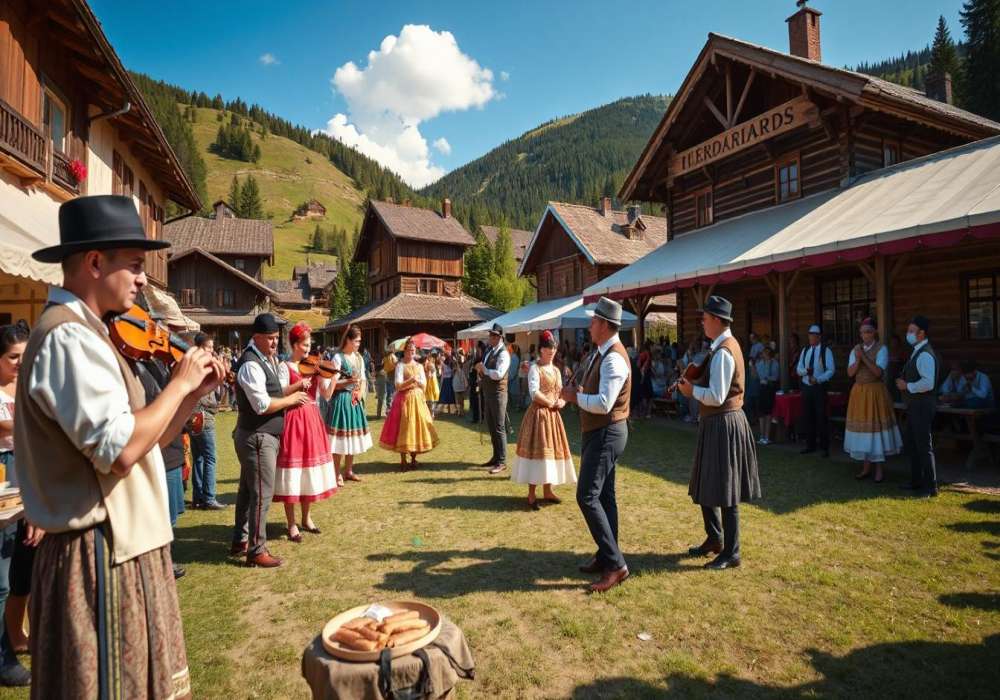
Last Updated At: 08-Jul-2025
Culture of Romania - Explore the Rich Tapestry and Traditions
Romania, in Southeast Europe, has a diverse landscape ranging from the Carpathian Mountains to the Black Sea. Each region adds its unique flavour to the culture of Romania, making it a vibrant mix of different traditions. This includes a rich history with ancient groups, Roman influences, and more. The country is famous for its colourful folk art, beautiful music, and lively festivals. A special piece of traditional clothing is the 'ia' blouse, known for its intricate embroidery and importance in Romanian folk art.
Everyday life in Romania is filled with culture, seen in both rural villages and city celebrations. Villages are home to skilled craftspeople who make woodwork, pottery, and textiles. Music and dance play a big part in Romanian life, with each region having its own style that reflects the country's diverse history. Romania's calendar is full of festivals that celebrate its rich cultural heritage, blending old traditions with new. Keep reading to explore more about the fascinating culture in Romania!
Popular Culture of Romania: An Unforgettable Experience
Romania, a vibrant country in Southeast Europe, entices visitors with its unique blend of history and culture. Romania's diverse landscape sets a picturesque backdrop for its rich cultural tapestry from the Carpathian Mountains to the Danube River.
- People of Romania: Warm, Resilient, Heritage-Proud
- Festivals of Romania: Lively, Traditional, Community-Spirited
- Cuisine of Romania: Hearty, Flavorful, Homely
- Art, Music, and Crafts of Romania: Vibrant, Folk-Inspired, Artistic
- Best Places to Visit in Romania: Picturesque, Historic, Enchanting
- Monuments in Romania: Stately, Historically Rich
- Street Markets in Romania: Energetic, Colourful, Authentic
1. People of Romania: Warm, Resilient, Heritage-Proud
The people of Romania embody warmth and resilience deeply rooted in their rich heritage. Romanians hold a strong national identity shaped by centuries of cultural influences and historical events. Family and community play crucial roles in Romanian society, with traditions and customs passed down through generations. The Romanian lifestyle is a beautiful amalgamation of modernity and tradition, where ancient customs coexist with contemporary living.
In rural areas, you'll find communities that still adhere to traditional ways of life, while urban centres buzz with a more modern rhythm. This duality makes the Romanian people unique, bridging the gap between their past and present. Their resilience is most evident in their ability to maintain cultural practices, including Romanian Folk Dance, which continues to be a significant part of their cultural expression. Whether celebrating at a wedding or during a festival, these dances are a vibrant showcase of Romania's folk heritage.
2. Festivals of Romania: Lively, Traditional, Community-Spirited
Romanian festivals are a lively representation of the country's rich folklore and traditions. Throughout the year, various regions host festivals deeply rooted in history and community spirit. These events are celebrations and a means of preserving Romanian Cultural Heritage. Each event is unique, from the vibrant spring festival of Mărțișor, marking the beginning of spring, to the mediaeval-themed festivals in Transylvania.
One of the most significant festivals is the 'George's Day' (Sânziene), which celebrates the summer solstice with traditional music, dance, and customs. The 'Festival of the Hearts' in Transylvania is another highlight, where locals dress in traditional attire and partake in age-old rituals. These festivals offer a glimpse into Romania's soul, showcasing its people's unity and cultural richness. They are a celebration of Romanian culture and an invitation for visitors to partake in these vibrant community gatherings.
3. Cuisine of Romania: Hearty, Flavorful, Homely
Romanian cuisine is a hearty and flavorful reflection of the country's diverse cultural influences. The cuisine tells a story of Romania's geography, history, and traditions. Dishes are typically prepared with locally sourced ingredients, with recipes passed down through generations. The cuisine is characterised by various soups, stews, and grilled meats, often accompanied by polenta, a staple in the Romanian diet. Sarmale (cabbage rolls), Mămăligă (cornmeal porridge), and Mititei (grilled minced meat rolls) are some of the traditional dishes that are not only delicious but also a window into the Romanian way of life.
Seasonal and festive dishes add to the culinary diversity, with Christmas and Easter offering an array of special foods. Romanian desserts, such as Papanasi (fried doughnuts with sour cream and jam) and Cozonac (sweet bread), are delightful. The country's winemaking tradition, dating back to Roman times, complements its cuisine, offering a variety of local wines that enhance the dining experience. Romania's culinary landscape is a testament to its rich agricultural heritage and the importance of food in its cultural identity.
4. Art, Music, and Crafts of Romania: Vibrant, Folk-Inspired, Artistic
Romania's art, music, and crafts are vibrant reflections of the nation's soul, deeply rooted in folk traditions. Romanian art is a colourful tapestry that tells stories of the country's history, mythology, and everyday life. Folk art is an integral part of Romania's cultural identity, with traditional motifs and techniques seen in textiles, pottery, and woodwork. The iconic painted eggs, intricately decorated with symbolic designs, are a testament to the skill and creativity of Romanian artisans. Music is another vital aspect of Romania's cultural expression.
Traditional music, characterised by its lively rhythms and soulful melodies, is often accompanied by the Traditional Romanian Art of dance. These musical traditions vary from region to region, each with unique styles and instruments. In addition to folk festivals in Romania, it has a rich classical music heritage, with renowned composers and musicians contributing to the global classical music scene. Crafts such as pottery, weaving, and wood carving are artistic expressions and a means of preserving the country's folk traditions. These crafts are often seen in local markets, offering visitors a chance to take home a piece of Romanian heritage.
5. Best Places to Visit in Romania: Picturesque, Historic, Enchanting
Romania is home to many picturesque and historic places that enchant visitors with beauty and stories. From the mediaeval towns of Transylvania to the serene beauty of the Danube Delta, the country offers diverse destinations for every traveller. The capital city, Bucharest, is a vibrant metropolis known for its eclectic architecture and Bucharest cultural events. The city's rich history is evident in its museums, historic buildings, and the iconic Palace of the Parliament, one of the largest buildings in the world.
Transylvania, famous for its association with Dracula, has stunning landscapes, fortified churches, and mediaeval castles, including the legendary Bran Castle. The painted monasteries of Bucovina, with their exquisite frescoes, are a UNESCO World Heritage Site and a must-visit. For nature lovers, the Carpathian Mountains offer breathtaking scenery, hiking trails, and wildlife-watching opportunities. The Danube Delta, a biosphere reserve, is a paradise for bird watchers and nature enthusiasts. Romania's diverse landscapes, rich history, and cultural sites make it a destination of discoveries and unforgettable experiences.
6. Monuments in Romania: Stately, Historically Rich
Romania's monuments are stately testaments to the country's historically rich past. These monuments range from ancient ruins to grandiose buildings, each telling a different story of Romania's diverse heritage. The Peleș Castle in Sinaia is a prime example, showcasing exquisite architecture and the royal legacy of Romania. The mediaeval fortresses of Transylvania, such as the Corvin Castle, reveal the region's turbulent history and strategic importance.
In the heart of Bucharest, the Revolution Square stands as a symbol of Romania's contemporary history, marking the site of significant events in the country's journey towards democracy. The Roman ruins in Dobrogea, including the ancient city of Histria, provide insights into Romania's Roman past. Each monument in Romania is not just an architectural marvel but also a piece of the intricate puzzle that forms the Romanian Cultural Heritage.
7. Street Markets in Romania: Energetic, Colourful, Authentic
The street markets in Romania are energetic, colourful, and authentic, offering a true taste of local life. These markets are bustling hubs where you can find everything from fresh produce to traditional crafts. The markets are not just shopping destinations but also social gathering spots, reflecting the vibrant community life in Romania. In Bucharest, the Obor Market is lively, where locals shop for fresh food, clothing, and household items. In the countryside, seasonal markets offer a variety of fruits, vegetables, and local specialities.
The Christmas markets, particularly in Sibiu and Brasov, are magical, with festive decorations, traditional food, and handcrafted gifts. These markets are a great place to experience the local culture, taste traditional Romanian dishes, and interact with friendly locals. They offer a glimpse into the everyday life of Romanians and are a must-visit for anyone wanting to experience the authentic spirit of Romania.
Romania, a land of cultural richness and historic beauty, beckons travellers seeking diverse experiences. With its hospitable people, grand historical monuments, and energetic street markets, this European gem is a treasure trove for those intrigued by Cultural Tours Romania. The nation's vibrant festivals and a deep-rooted Romanian Literary History add layers of depth to any visit.
Plan your journey to Romania effortlessly with Adotrip today. Access a wealth of information, receive comprehensive travel assistance, and conveniently Book Flights, Hotels, and Tour Packages in one place.
With Adotrip, nothing is far!
Frequently Asked Questions About Culture In Romania
Q1: What are some traditional Romanian cultural festivals and events?
A1: Below are some traditional Romanian cultural festivals and events:
- George's Day (Sânziene): Celebrating the summer solstice with traditional music, dance, and floral wreaths.
- Mărțișor: A spring festival where people exchange red and white trinkets as symbols of good luck and appreciation.
- Romanian Folklore Festivals: Numerous festivals nationwide showcase traditional music, dance, and costumes.
- Transylvania's Medieval Festivals: These events celebrate Romania's mediaeval heritage with jousts, craft fairs, and folk performances.
- The International Festival of Orthodox Music: Highlighting the rich choral traditions of the Orthodox Church.
Q2: Can you explain the significance of Romanian folklore and mythology?
A2: Here are the following insights into the significance of Romanian folklore and mythology:
- Rich Storytelling Tradition: Romanian folklore is filled with legends, fairy tales, and myths passed down to generations.
- Mythical Creatures: Stories often include creatures like dragons, giants, and fairies, reflecting the country's deep connection with nature.
- Cultural Identity: Folklore and mythology are crucial in shaping national identity and values.
- Influence on Literature and Arts: These stories have inspired numerous works of literature, art, and music in Romania.
Q3: What is the role of the Orthodox Church in Romanian culture?
A3: Find out the role of the Orthodox Church in Romanian culture:
- Spiritual Foundation: The Orthodox Church is a cornerstone of Romanian spiritual life, influencing customs, traditions, and moral values.
- Architectural Heritage: Many historic churches and monasteries, renowned for their architecture and frescoes, are significant cultural landmarks.
- Religious Festivals and Ceremonies: The Church plays a central role in celebrating major religious events, which are important cultural occasions.
- Preservation of Traditions: The Church helps preserve many ancient Romanian customs and traditions.
Q4: Are there any famous Romanian artists, writers, or musicians?
A4: Below are some famous Romanian artists, writers, and musicians:
- Constantin Brâncuși: A pioneering modernist sculptor known for his abstract forms and minimalist designs.
- George Enescu: Romania's most renowned musician, composer, violinist, and pianist.
- Mihai Eminescu: A celebrated poet, often regarded as the most important Romanian poet of all time.
- Lucian Blaga: A distinguished philosopher, poet, and playwright.
- Nicolae Grigorescu: One of the founders of modern Romanian painting.
Q5: How has Romania's history influenced its contemporary culture?
A5: Here are the following ways Romania's history has influenced its contemporary culture:
- Diverse Cultural Influences: Romania's history of being at the crossroads of Eastern and Western cultures has created a unique cultural blend.
- Communist Legacy: The period of Communist rule has impacted the nation's arts, literature, and societal norms.
- Revival of Traditions: Post-communism, there's been a resurgence in celebrating traditional crafts, music, and folklore.
- Historical Themes in Contemporary Arts: Many modern Romanian artists and writers draw on historical themes to explore contemporary issues.
--- Published By Adotrip
Latest Blogs
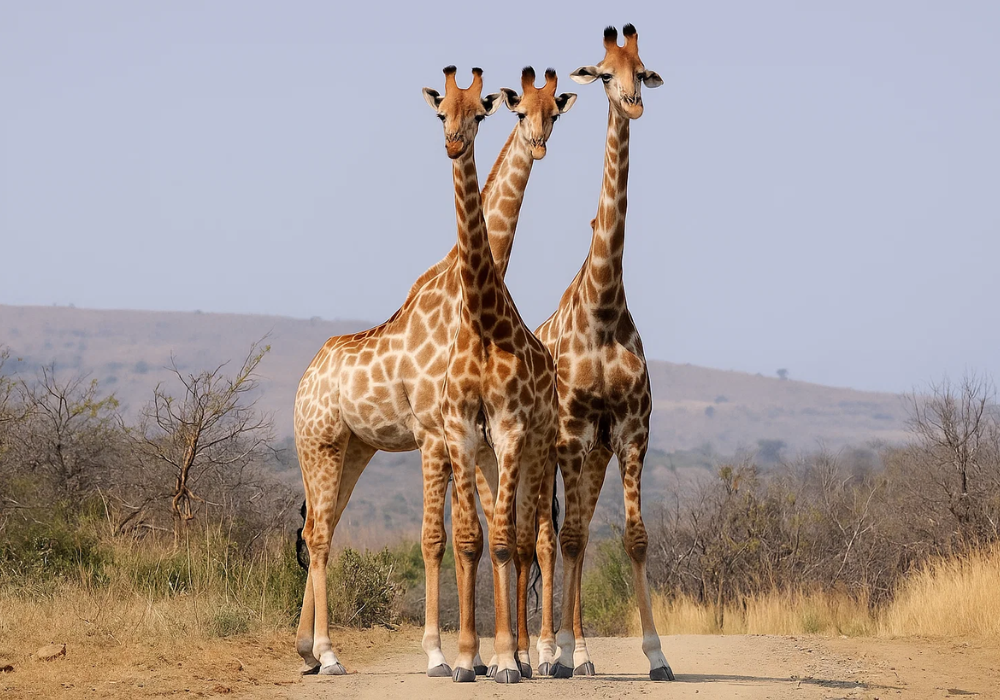
Cash in the Wild: My Safari Adventure Across Kenya with Only...
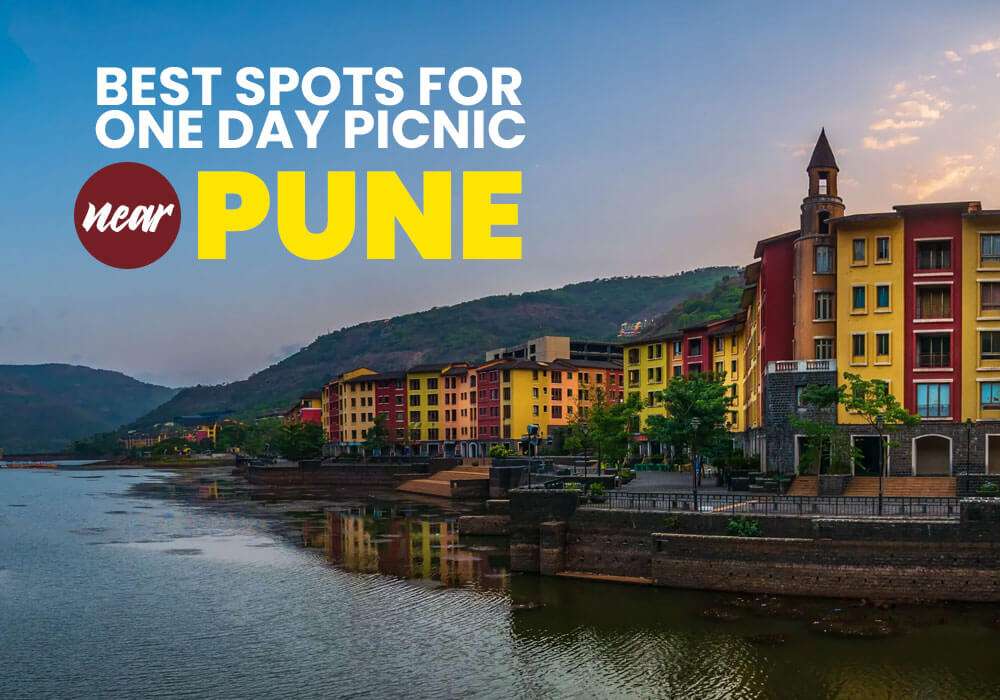
One Day Picnic Spot Near Pune - Adventure, Trekking and Natu...
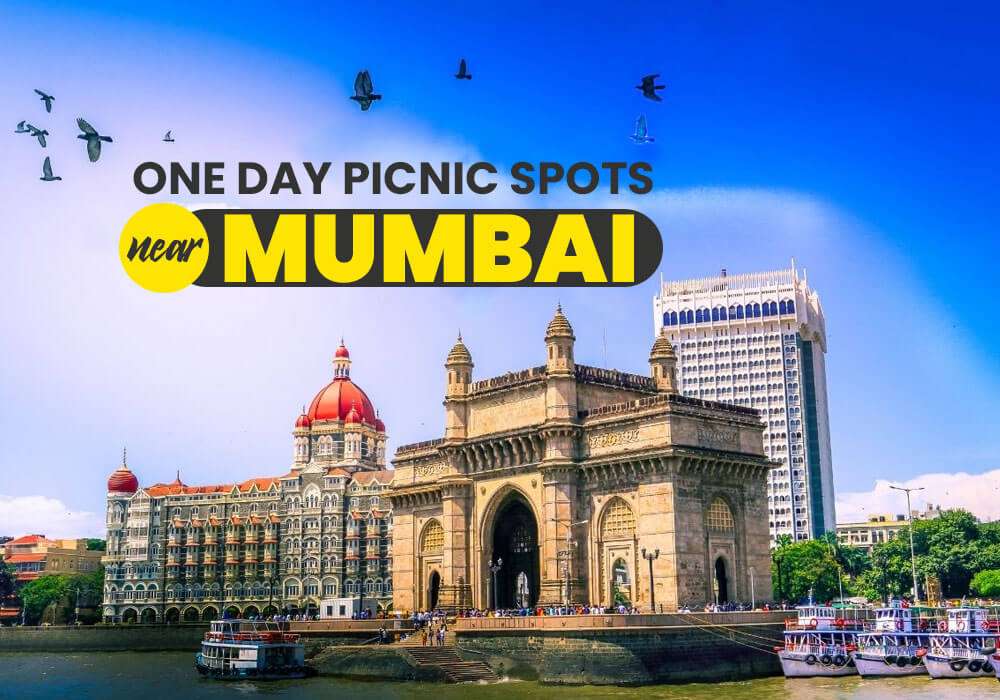
One Day Picnic Spots Near Mumbai - Monsoon, Adventure, Beach...
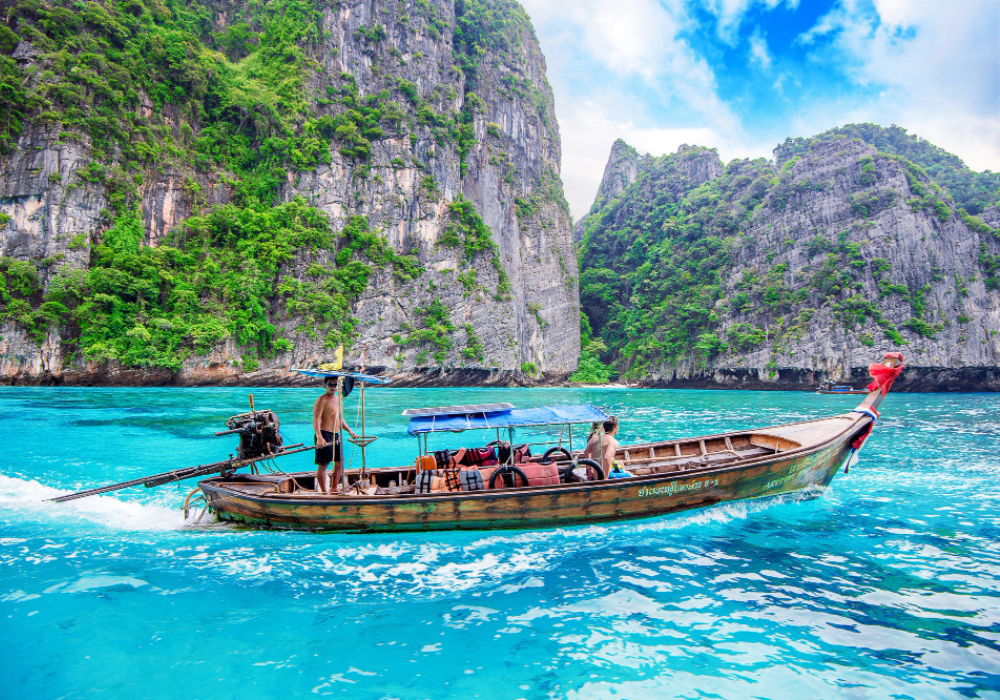
The Best Places to Go in Thailand in 2025
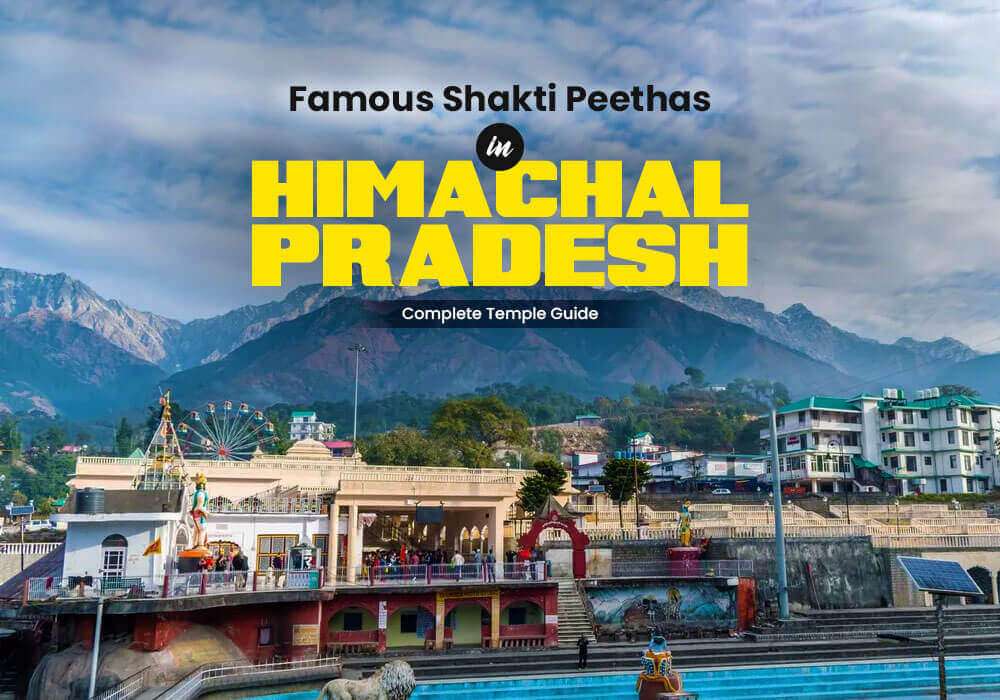


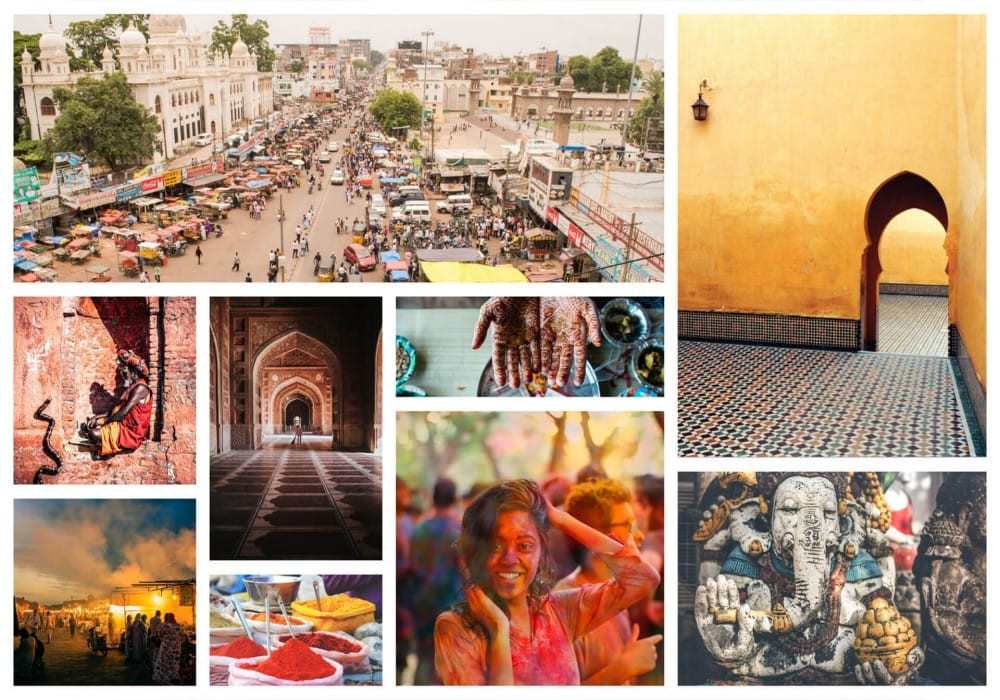
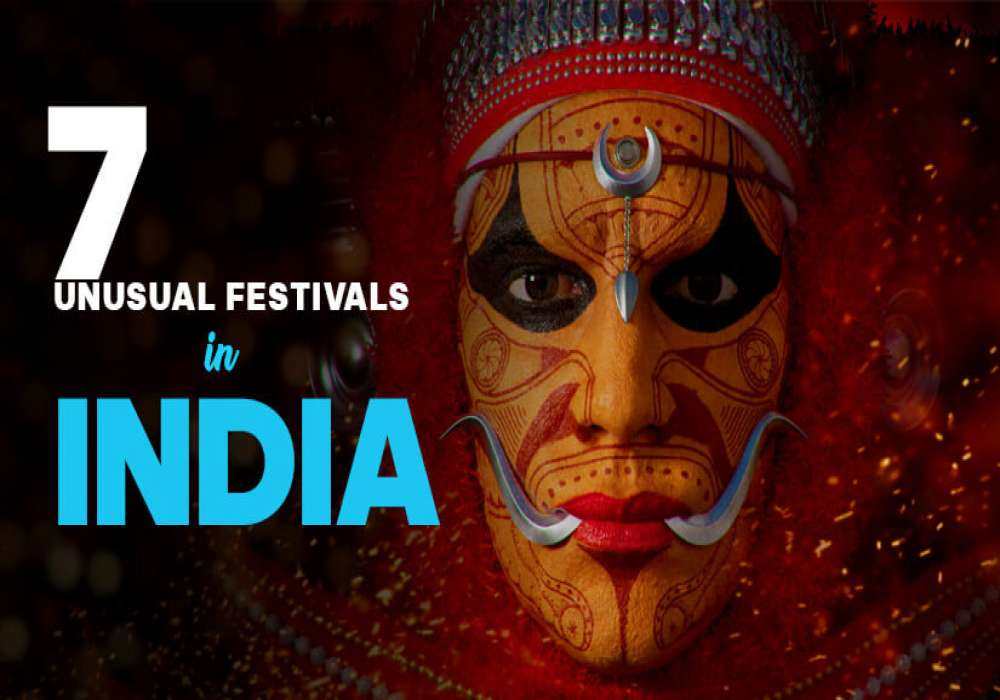
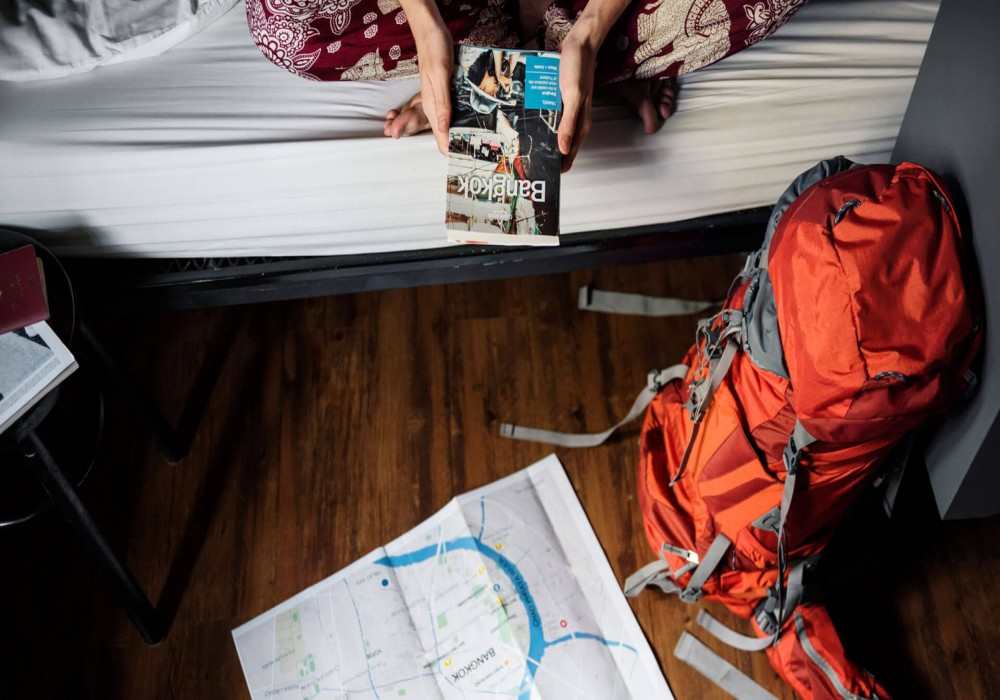

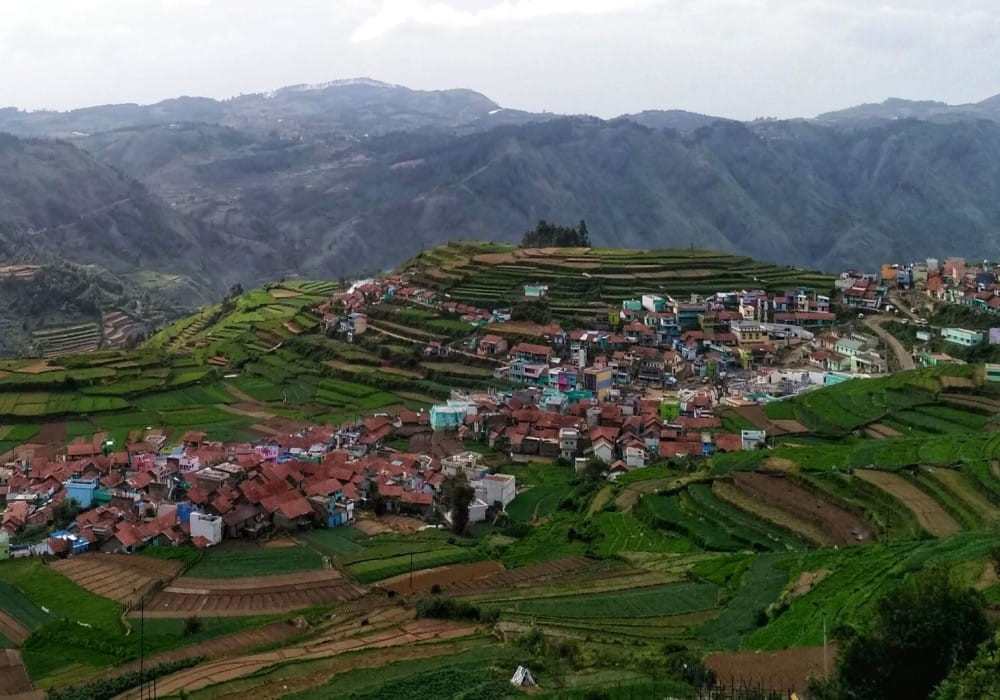
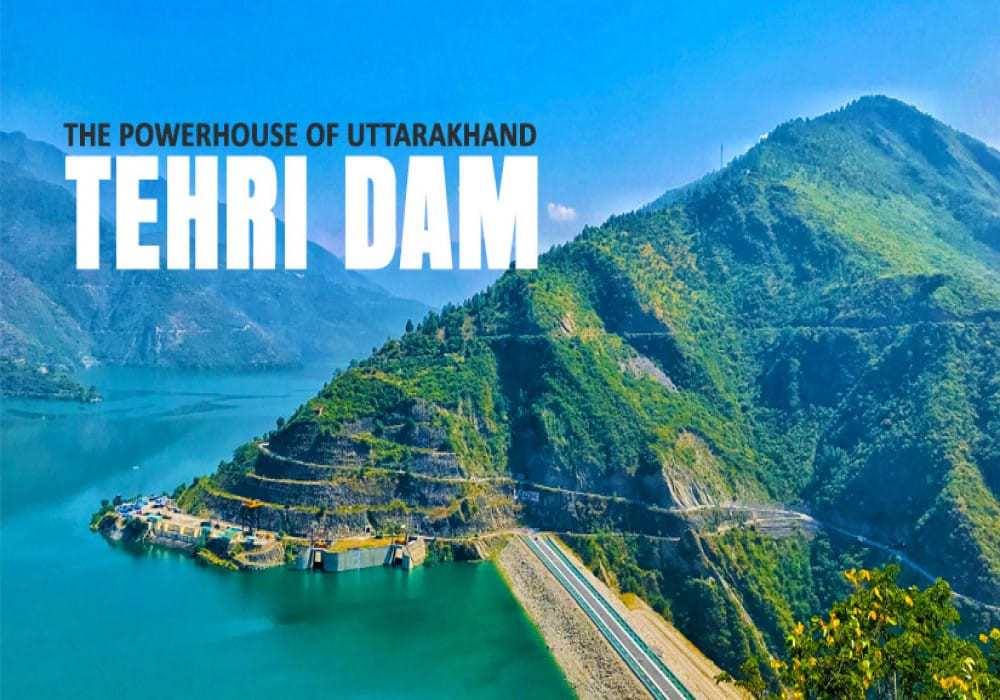
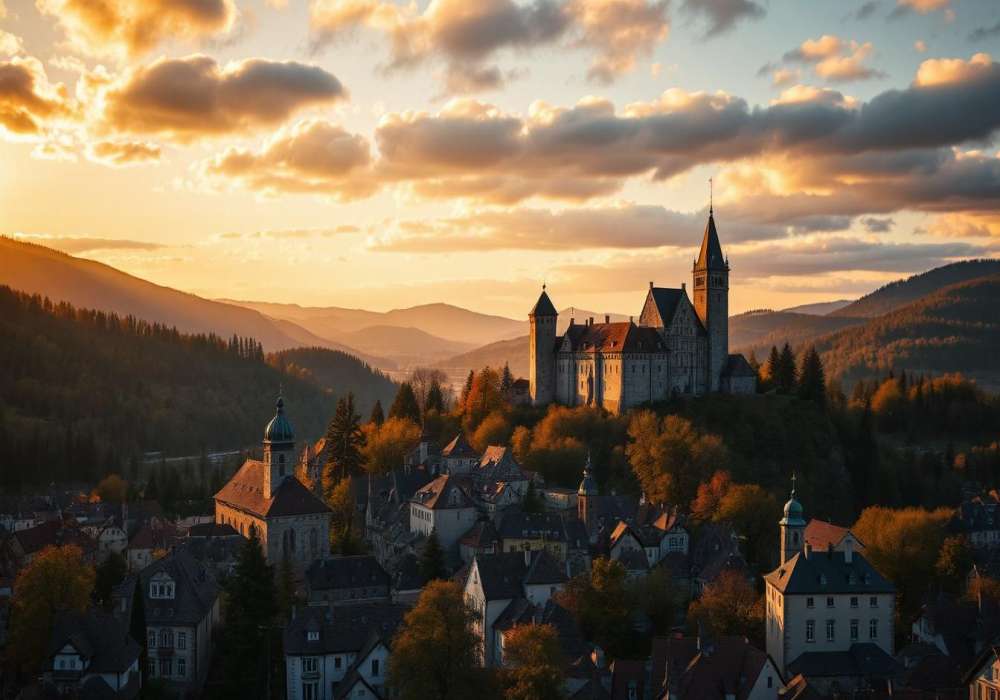
 Dubai
Dubai Malaysia
Malaysia USA
USA





